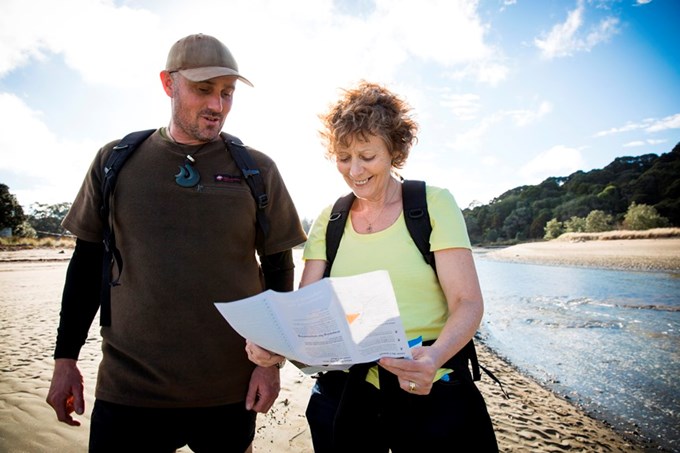In the sixth part of our series, we look initiatives to make Auckland’s environment healthier.
Auckland Councillor Chris Darby says that our environment continues to face challenges as the environmental footprint expands and the population grows.
“As a city gripped between two oceans, three harbours, and with over 40 maunga (volcanic cones) standing sentry, our connection to the natural environment has always been a core part of Auckland’s culture and appeal.
“We need to strike a careful balance between an outstanding urban form and our unique environment – our future development must complement, rather than undermine, our natural setting.
"Meeting the challenges ahead will require a long-ranging vision that remains mindful of our rich cultural and environmental history,” Councillor Darby says.
More pools and parkland
The council marked its first five years on 1 November 2015. New pools and more land for parks are among its key achievements that have helped Aucklanders have a healthier relationship with their region.
We opened Waitawa Regional Park near Kawakawa Bay, increased our land holdings at regional parks including Waitākere Ranges, Mahurangi and Te Rau Pūriri, and acquired land for more new parks or additions – more than 620 hectares in the past financial year alone.

Te Ara Hura, the 100km walk around Waiheke, was opened, along with the Te Ara Moana multi-day kayaking trail along the south east coast, with the support of Ngāi Tai, Ngāti Paoa and Ngāti Whanaunga.
“To keep up with demand for sports fields and reduce winter cancellations, we have spent $43 million over the past three years on increasing field capacity,” says Auckland Council Chief of Strategy Jim Quinn. “The result has been 796 additional playing hours a week and the improvements included 12 artificial turf fields, 53 sand carpet fields and 11 new soil fields,” says Mr Quinn.
Auckland attractions
“Devonport’s new award-winning library joined others including Wellsford, Waiheke, Rānui, Ōtāhuhu and Te Atatū. We also opened new cultural facilities, such as Te Oro music and arts centre in Glen Innes and Titirangi’s arts and culture precinct.
“Aucklanders flocked to Te Wao Nui, Auckland Zoo’s new section of New Zealand animals and habitat, boosting visitor numbers to a record," says Mr Quinn.

Wastewater and warmth
“The council’s CCO Watercare progressed the $136 million upgrade of the Māngere wastewater treatment plant to increase capacity to cope with future demand.
“And for 3000 Auckland households, life is a whole lot warmer, thanks to grants under our Retrofit Your Home scheme to improve home heating and insulation,” says Mr Quinn.
State of our environment
Our efforts to protect the quality of Auckland’s natural environment included protection zones in the Waitakere and Hunua ranges to help fight the spread of kauri dieback disease, and increased biosecurity measures on Hauraki Gulf islands.
We’ve introduced takahē and tieke (saddlebacks) at Tāwharanui, kōkako into the ranges and welcomed korimako (bellbirds) back to the Shakespear peninsula.

The techniques we’ve used on the islands to eradicate pests and restore species and habitat have attracted attention from around the world.
But as recently highlighted by the council’s 2015 State of the Environment report, our environment continues to face challenges as the urban Auckland footprint expands.
Monitoring results have been mixed since 2010. Marine and freshwater environments have continued to decline, but we’ve recorded some improvements in air quality and localised successes in biodiversity.
The challenge for Auckland lies in how it grows greener and makes the most of opportunities for better environmental outcomes.


